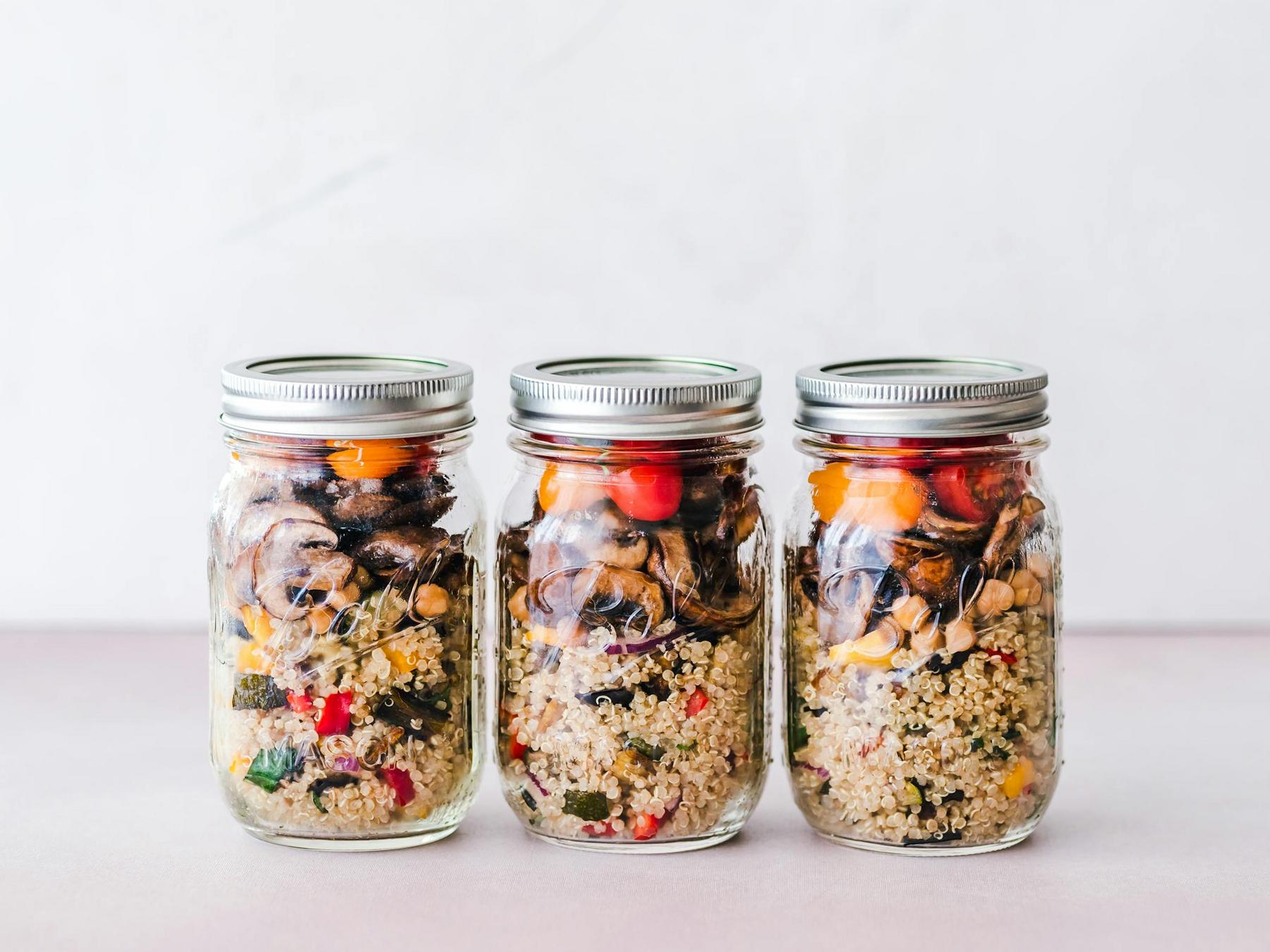In a world where time is increasingly precious, finding efficient exercise solutions has become essential. High-Intensity Interval Training (HIIT) has emerged as a revolutionary approach that challenges traditional exercise paradigms by delivering remarkable results in significantly less time. This science-backed training method alternates between brief periods of maximum effort and strategic recovery, offering a potent solution for those seeking optimal fitness outcomes without lengthy workout commitments.
For Australians navigating busy schedules while prioritising health, HIIT represents more than just another fitness trend—it’s a transformative approach supported by robust research demonstrating its effectiveness for cardiovascular fitness, fat loss, and metabolic health. Whether you’re looking to optimise your existing routine or completely transform your approach to exercise, understanding the principles and applications of HIIT can provide a valuable pathway to achieving your fitness goals.
What Is High-Intensity Interval Training (HIIT)?
High-Intensity Interval Training is a structured exercise approach characterised by alternating between short bursts of vigorous activity and periods of lower-intensity recovery or rest. Unlike traditional steady-state cardio, which maintains a consistent moderate effort level throughout, HIIT leverages the physiological benefits of pushing your body to near-maximum capacity for brief periods.
The history of HIIT traces back to the 1950s, when coaches developed sprint interval training to enhance the performance of Olympic athletes. These early protocols pushed participants to 100% of their maximum heart rate, tapping into anaerobic energy systems for short, explosive efforts. Over decades, researchers have refined HIIT into a more accessible model for general populations, typically reducing peak intensity to 80–95% of maximum heart rate while maintaining its metabolic advantages.
What distinguishes HIIT from other exercise modalities is its unique activation of both aerobic and anaerobic energy pathways. During high-intensity intervals, the body rapidly depletes ATP stores, triggering glycolytic energy production and lactate accumulation. This metabolic stress stimulates mitochondrial biogenesis and improvements in capillary density, enhancing oxygen utilisation during subsequent workouts.
How Does HIIT Compare to Traditional Exercise Methods?
When evaluating exercise options, understanding how HIIT compares to traditional steady-state cardio provides valuable context for making informed decisions about your fitness routine.
| Parameter | High-Intensity Interval Training (HIIT) | Steady-State Cardio (MICT) |
|---|---|---|
| Time Efficiency | 20-minute sessions match 60-minute MICT for VO₂ max gains | Requires 3x longer sessions for comparable benefits |
| Fat Oxidation | 36% more fat burned per minute, sustained post-exercise | Lower per-minute fat oxidation rate |
| Muscle Retention | Preserves 1 kg more lean mass over 12 weeks | Greater potential for muscle catabolism |
| EPOC Effect | Elevates metabolism for up to 2 hours post-workout | Minimal post-exercise metabolic boost |
| Fat Loss | Up to 3.6 kg over 12 weeks in obese individuals | Less effective for visceral fat reduction |
| Joint Impact | Higher impact in most modalities | Lower impact options more readily available |
| Recovery Requirements | 48 hours between sessions recommended | Can be performed daily with proper intensity management |
| Adherence Challenges | Higher intensity may deter 40% of beginners | Generally more sustainable for beginners |
While both approaches improve health, HIIT demonstrates superior efficiency for time-constrained individuals. However, steady-state cardio remains beneficial for joint health and provides lower psychological barriers to entry for exercise novices.
What Science-Backed Benefits Does HIIT Provide?
The physiological impact of HIIT extends far beyond simple calorie burning, offering multifaceted benefits substantiated by rigorous research.
Metabolic Enhancement and Fat Loss
HIIT fundamentally reprograms metabolism. The intense intervals create an oxygen debt, forcing the body to prioritise fat as a fuel source during recovery periods. This process upregulates hormone-sensitive lipase, which mobilises stored triglycerides, while enhancing insulin sensitivity through GLUT4 transporter activation. Research demonstrates that obese individuals undergoing 15 weeks of sprint intervals experienced 2.5 kg fat loss alongside a 34% reduction in fasting insulin.
The EPOC effect (Excess Post-exercise Oxygen Consumption), often called the “afterburn,” accounts for 6–15% of HIIT’s total energy expenditure. Post-exercise, the body consumes oxygen at elevated rates to restore homeostasis—replenishing glycogen, clearing lactate, and repairing muscle tissue. This elevated metabolic state can burn 12.62 calories per minute initially, gradually declining over a two-hour period.
Cardiovascular and Musculoskeletal Improvements
HIIT consistently improves VO₂ max (aerobic capacity) by 18–31% in untrained individuals, rivalling gains from endurance training despite requiring only 10% of the time commitment. These improvements stem from increased stroke volume and enhanced cardiac output, which contribute to lower resting heart rate and blood pressure. Notably, individuals with coronary artery disease practising HIIT show improved endothelial function and reduced arterial stiffness, mitigating cardiovascular risks.
Contrary to common misconceptions, HIIT benefits musculoskeletal health through mechanical loading during sprint or resistance intervals, which stimulates osteogenic activity. Studies show HIIT can increase bone mineral density by 1–4% over six months. For older adults, this reduces fracture risk while simultaneously combating sarcopenia—participants over 60 achieved 2.57 kg fat loss without lean mass depletion.
How Should You Structure an Effective HIIT Workout?
Creating an effective HIIT protocol requires understanding key programming variables that influence physiological outcomes.
Optimal Protocol Design
A typical HIIT session follows a 2:1 work-to-rest ratio, such as 30 seconds of high-intensity effort followed by 15 seconds of recovery. However, protocols should vary based on specific goals:
- For fat loss: Longer intervals (45–60 seconds) at 80–90% maximum heart rate, paired with equal or shorter recovery periods.
- For aerobic capacity: Shorter bursts (20–30 seconds) near maximum effort, with 1:2 rest ratios to facilitate complete recovery.
- For hybrid conditioning: Combining cardiovascular intervals with resistance exercises (e.g., burpees, kettlebell swings) to enhance muscular endurance alongside metabolic benefits.
Beginners should start conservatively with 4–6 intervals per session, gradually progressing to 10–12 as tolerance and fitness improve. Monitoring perceived exertion (RPE) ensures safety—high-intensity intervals should feel “very hard” (RPE 8–9), while recovery periods should feel “fairly light” (RPE 3–4).
Modality Selection and Progression
While cycling and running dominate research protocols, HIIT adapts effectively to numerous exercise modalities:
- Bodyweight exercises: Squat jumps, mountain climbers, and push-ups require no equipment and can be performed anywhere.
- Aquatic training: Pool sprints reduce joint impact for those with arthritis or mobility concerns.
- EMOM (Every Minute on the Minute): Completing a prescribed number of repetitions within 60 seconds, using the remaining time for recovery.
Appropriate progression involves manipulating variables systematically—increasing interval duration before reducing rest periods, adding complexity only after mastering foundational movements, and incorporating 48-hour recovery periods between sessions to prevent overtraining and facilitate adaptation.
Is HIIT Suitable for Everyone?
While HIIT offers remarkable benefits, its suitability varies across populations and health conditions.
Population-Specific Considerations
For Australia’s general adult population, properly modified HIIT presents a time-efficient exercise solution. However, specific adaptations are necessary for different groups:
Individuals with obesity or metabolic syndrome often experience substantial benefits, with studies showing up to 2.6 kg greater fat loss in women over 12 weeks compared to moderate-intensity continuous training. The 17% reduction in visceral fat and 34% improvement in insulin sensitivity make HIIT particularly valuable for metabolic health. However, joint-friendly modalities like cycling or aquatic exercise may be preferable initially.
Older adults can benefit significantly from HIIT through modified protocols that accommodate mobility limitations. Research demonstrates 12 weeks of training improved leg strength by 14% and balance by 23% in seniors. Seated exercises or water-based intervals can provide appropriate alternatives for those with mobility challenges.
Pregnant women who were previously trained may safely perform first-trimester HIIT with medical clearance. Postural adjustments, such as replacing jumps with step-ups, can prevent diastasis recti. Postpartum, HIIT can aid weight management while preserving pelvic floor integrity when appropriately modified.
Safety Precautions and Contraindications
HIIT’s high-intensity nature necessitates careful consideration of safety. Contraindications include uncontrolled hypertension, recent cardiac events, severe joint pathologies, and untreated metabolic disorders. Medical consultation before beginning HIIT is essential for:
- Individuals over 45 with cardiovascular risk factors
- Anyone with existing medical conditions
- Those with joint problems or mobility limitations
- Individuals who have been sedentary for extended periods
Proper supervision during initial sessions ensures appropriate form and intensity. The most common HIIT-related injuries stem from poor technique during complex movements or inadequate recovery between sessions, underscoring the importance of qualified guidance when beginning this training modality.
How Can HIIT Be Integrated into a Weight Management Plan?
For Australians seeking effective weight management solutions, HIIT offers a powerful tool that can be strategically integrated into comprehensive approaches.
Synergistic Effects with Nutrition
When combined with appropriate nutritional strategies, HIIT enhances fat oxidation and metabolic flexibility. Research demonstrates that participants following HIIT protocols experienced a 19.5% reduction in abdominal visceral fat—a particularly dangerous fat depot associated with metabolic syndrome and cardiovascular disease. This reduction occurred while preserving lean muscle mass, creating a favourable body composition shift.
The time efficiency of HIIT makes it particularly valuable within comprehensive weight management approaches. By requiring only 20-30 minutes per session, HIIT removes the time barrier that often prevents consistent exercise adherence. When paired with professional guidance on nutrition and, where appropriate, medical weight management, HIIT can contribute significantly to sustainable weight outcomes.
Long-term Sustainability and Progression
Maintaining engagement with HIIT over time requires thoughtful progression and variety. Research indicates that unsupervised HIIT sees approximately 60% dropout rates within six months, often due to overexertion or monotony. However, Australian guidelines recommend 2–3 weekly sessions with 48-hour rest periods, coupled with professional coaching to ensure proper technique and appropriate progression.
For optimal long-term results, HIIT should be viewed as one component within a diversified exercise strategy that might include strength training, flexibility work, and recreational physical activities. This balanced approach maximises adherence while reducing injury risk and supporting comprehensive fitness development.
Understanding the HIIT Revolution
High-Intensity Interval Training represents a paradigm shift in exercise science, offering profound health benefits across diverse populations. Its ability to enhance fat oxidation, cardiovascular function, and metabolic health establishes it as a cornerstone of modern fitness approaches. The time efficiency of HIIT—delivering comparable or superior results to traditional cardio in a fraction of the time—makes it particularly valuable in our time-constrained society.
For Australians navigating busy lifestyles while prioritising health, HIIT provides an evidence-based solution that maximises return on exercise investment. When implemented appropriately, with attention to individual needs and proper progression, HIIT can transform physical capacity and body composition while fitting seamlessly into demanding schedules.
How often should I perform HIIT workouts for optimal results?
Research indicates that 2-3 HIIT sessions per week provides optimal results while allowing sufficient recovery between workouts. This frequency ensures the necessary 48-hour recovery period, facilitates physiological adaptation, and minimizes the risk of overtraining.
Can HIIT help with weight loss more effectively than traditional cardio?
Multiple studies demonstrate HIIT’s superior efficiency for weight loss compared to traditional steady-state cardio. Research has shown that HIIT can burn approximately 36.34% more fat per minute while also preserving lean muscle mass, making it an effective option for long-term metabolic health.
What are the most common mistakes people make when starting HIIT?
Common mistakes include insufficient warm-up, improper exercise form, jumping into overly intense sessions too quickly, inadequate recovery between intervals, and neglecting proper progression. Starting slowly and seeking professional supervision can help prevent injuries and ensure sustainable progress.
Is HIIT appropriate for beginners or older adults?
Modified HIIT can be suitable for beginners and older adults when appropriately adapted. Beginners should start with lower-intensity intervals and longer recovery periods, while older adults can opt for joint-friendly modalities such as cycling or water-based exercises to safely enjoy the benefits of HIIT.
How long should a typical HIIT session last?
An effective HIIT session typically lasts between 20-30 minutes in total, including warm-up and cool-down periods. The high-intensity part usually comprises 10-20 minutes of interval work. Extending beyond 30 minutes may lead to diminishing returns and elevate the risk of injury.



